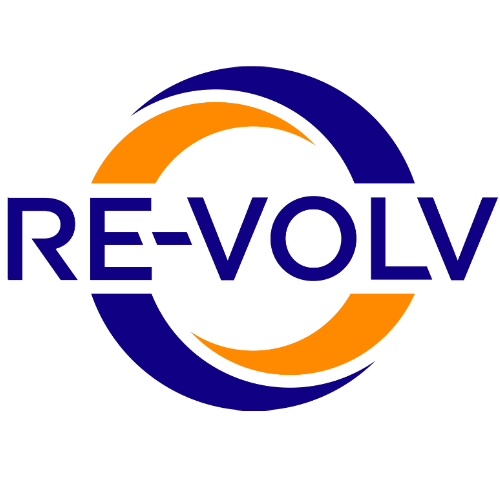In the world of Renewable Energies, there's a lot that happens behind the scenes in terms of how much energy is being produced from different renewable energy sources. When driving through flat farmland and seeing wind turbines you might understand that they’re producing energy. You might ask yourself; “what can all of this do?”
The answer can be found online after thoroughly searching for a bit of time for different wind farms or solar plots or any energy generating source for that matter, but in this day in age, some people don't have the time or the interest in studying. This is where the powers of Geographic Information Systems (GIS) meet Renewable Energies. Some of the most important technology that our generation has the power and obligation of incorporating into our electricity grid to push towards carbon neutrality is renewable energy. These technologies are misunderstood by so many people for many different reasons. In “Breaking the Vicious Cycle Toward Effective Risk Regulation,” a book about the regulatory processes, Judge Stephen Breyer discusses some reasons that the public makes decisions when developing opinions on certain topics and how it can involve misunderstanding.
One reason that people of the general public may be uninformed about solar is because of ethical reasons, this is often subconscious and is second nature to us sometimes. The way Breyer discusses ethics is “The strength of our feelings of ethical obligation seems to diminish with distance” This is relatable to everyone in the world, because everyone's living conditions are different. A simple example of this can be to picture one house that is full of cigarette smoke and trash, but their neighbors may not care because their house is clean and full of plants. Things that aren't in people's environments aren't on the forefront of their everyday thoughts. This is a big reason why people don't think about solar being as capable of being in everyday life as it can be. People don't often think where the electricity comes from when they flip the switch on.
Another reason that this can be is because of the lack of trust of experts and understanding of science and math. This is not at all inferring that the general public doesn't understand math and science, this is inferring that the public may not understand the new math and new science of these technologies yet. Understandably so, after living and believing that the consumption of gas and fossil fuels is sufficient and unproblematic only to learn that it actually isn't and there are other different ways to live the same life. Change is scary and it can be difficult. This can be due to distrust in experts, especially when experts are disagreeing with each other on important subjects. Lastly, a reason that people may not be as informed about solar is because people have fixed opinions whether that be because they strictly don't believe in the technology, or their communities don't and they are expected to feel the same way. Breyer comments on this saying “A person who has made up his or her mind about something is very reluctant to change it.” This is the job of the Solar Ambassadors: to share easy to understand information about solar for people of all opinions and understandings.
This is where Geographic Information Systems become a really important tool, a world of technological advancement in renewable energies meets a system that can create easy to understand graphical representations of anything. Creating representations of energy production or energy transmission can put it all together for people. For many this digestible information or visual learning will be a very important part of making people understand the importance of renewable energies and seeing their significance. This can be as easy as understanding what someone might want to know, “I wonder how much energy in the U.S. comes from renewables?”
U.S. Energy Atlas Data - All Energy Infrastructure and Resources
Featured above is a map of the United States (excluding Alaska and Hawaii) showing all the creation of renewable energies including resources like solid biomass, solar, hydroelectric power, geothermal, wind, battery storages and offshore wind speed for potential offshore wind farming. This is a visual resource for everyone. This offers an opportunity to take a step back and look at what's going on. This is the answer to the question, being able to see what's going on where you are and where you aren’t. The beauty of using Geographic Information is it is presentable and visual, that's really the whole point of using it. Next one might ask, “Wow! That’s a lot of renewable energy and a lot of potential, I wonder how much of our electricity comes from non-renewable sources?”
U.S. Energy Atlas Data - All Energy Infrastructure and Resources
Featured above is the same map but with different sources of energy, this is every other energy resource aside from renewable energies in the United States, including energy resource pipelines. It is surreal to look at the two because I think both, “This is extreme, we need to fix this dependency on fossil fuels” but I also think “This is incredible what we’ve done. Now we can do more”. With instruments like these, so many people can become informed. This will lead to people being encouraged to learn more about this technology and I hope that is what will push us over the hill of building momentum to invest in renewable energies and restructure the grid, creating clean energy and saving the world.
About the Author
Parker Ormsby is a Junior at Northern Michigan University studying Environmental Studies/ Sustainability, Renewable Energies and GIS. He leads the NMU Renewable Energy Coalition, ran with RE-volv. In his free time, he enjoys mapping, kayaking and engaging in all types of outdoor recreation.
